Will a Tiller Break Up Hard Soil? Here's What Actually Works
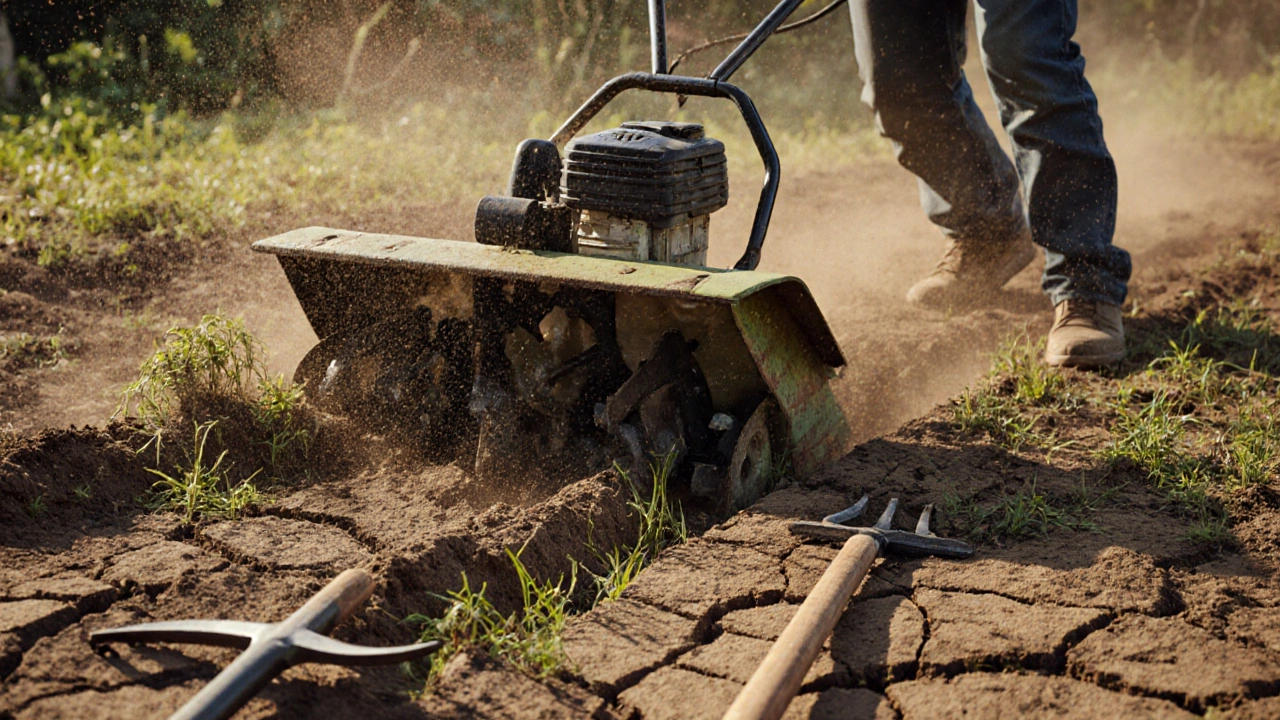
Will a Tiller Break Up Hard Soil? Here's What Actually Works
If you've ever tried to dig into soil that feels like concrete, you know the frustration. Hard, compacted soil doesn't just make gardening hard-it kills plant roots, blocks water, and turns your weekend project into a full-body workout. So, you grab a tiller, thinking it’s the magic solution. But will a tiller really break up hard soil? The answer isn’t yes or no. It’s it depends.
What Makes Soil Hard?
Hard soil isn’t just dry dirt. It’s usually compacted, meaning the particles are pressed tightly together, leaving little room for air or water. This happens over time from foot traffic, heavy rain, or poor drainage. Clay-heavy soils are the worst offenders-they turn to brick when dry and glue when wet. Sandy soils rarely compact this badly, but they can still get dense if mixed with organic matter that’s broken down too slowly.Before you even think about a tiller, check your soil’s texture. Grab a handful, dampen it slightly, and squeeze. If it forms a tight ball that doesn’t crumble when you poke it, you’ve got clay. If it crumbles easily, it’s loam. If it won’t hold shape at all, it’s sandy. Knowing this tells you what tools you need.
How Tiller Types Handle Hard Soil
Not all tillers are made the same. There are three main types, and each reacts differently to tough soil.- Front-tine tillers: These are common for home gardeners. They’re lighter, cheaper, and easier to steer. But they struggle with soil harder than a dry cookie. If your ground is packed down from years of neglect, a front-tine tiller will just skid across the surface, churning up weeds but leaving the real problem untouched.
- Rear-tine tillers: These are the heavy lifters. With heavier weight and engines positioned behind the tines, they dig deeper and push through compacted layers. The tines rotate in the opposite direction of travel, which helps them bite into hard soil instead of bouncing off. This is the only type that can reliably break up soil that’s been untouched for years.
- Electric tillers: Quiet and easy to start, but underpowered. They’re great for light prep or raised beds, but if your soil is like pavement, they’ll overheat, stall, or just spin uselessly.
In Auckland, where clay-rich soils are common-especially in suburbs like Manukau or Papakura-many homeowners buy a front-tine tiller, get frustrated after 10 minutes, and give up. The real solution? A rear-tine tiller with adjustable depth settings.
When a Tiller Won’t Cut It
Even the best rear-tine tiller has limits. If your soil is so hard it’s cracked and dry, or if it’s mixed with rocks, roots, or old concrete chunks, the tiller won’t work. It can’t pull out buried debris. It can’t soften rock-hard clay without help.Here’s what you need to do first:
- Water the area deeply 2-3 days before tilling. Soak it like you’re watering a thirsty tree. Moist soil breaks apart easier. Dry soil turns to dust and just clumps again.
- Remove large debris. Rocks bigger than your fist, old bricks, tree roots-get them out with a shovel or pickaxe. Tiller tines can bend or break on hard objects.
- Use a garden fork to loosen the top 6 inches. Poke it in, rock it back and forth. This breaks the surface crust so the tiller can get a grip.
Skipping these steps is like trying to mow a lawn with a dull blade. You’re forcing the machine to do what should be done by hand first.
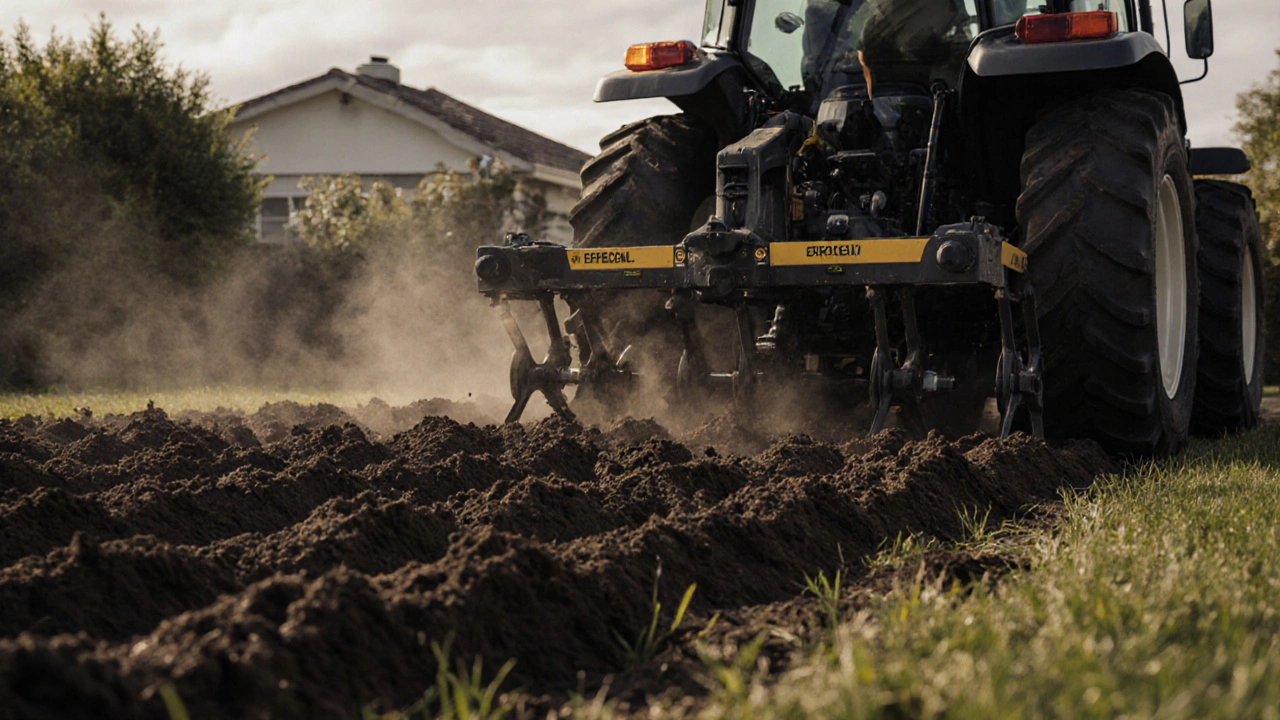
What Happens If You Try to Till Hard Soil Anyway?
You might think, “I’ll just go slower.” But that doesn’t help. When you run a tiller over hard soil without prep:- The engine strains, overheats, and burns out faster.
- Tines get bent or broken-replacement sets cost $50-$120.
- You end up with clods. The tiller chops the soil into big chunks, but doesn’t break them down. That’s worse than before-you now have uneven lumps that won’t settle.
- You waste fuel, time, and energy.
In one test done by the University of Auckland’s Horticulture Department in 2024, gardeners who tilled compacted clay without pre-soaking had a 78% failure rate in getting soil to crumble properly. Those who soaked and forked first had a 92% success rate-even with the same tiller.
Alternatives to Tilling Hard Soil
If you don’t have a rear-tine tiller, or you’d rather avoid gas engines, there are other ways:- Sheet mulching: Cover the area with cardboard, then add 6-8 inches of compost or leaf mulch. Let it sit for 6-12 months. Earthworms and microbes do the work. No power tools needed.
- Double digging: Dig a trench one spade deep, loosen the bottom, then fill it with compost. Move to the next section and repeat. Labor-intensive, but perfect for small beds.
- Using a broadfork: This tool looks like a giant garden fork with long handles. You step on it, push it into the soil, and rock it back. It lifts and aerates without turning the soil over. Great for preserving soil structure.
Many organic gardeners in New Zealand skip tilling entirely. They build soil from the top down. It takes longer, but the soil stays healthy, retains moisture better, and doesn’t get compacted again as quickly.
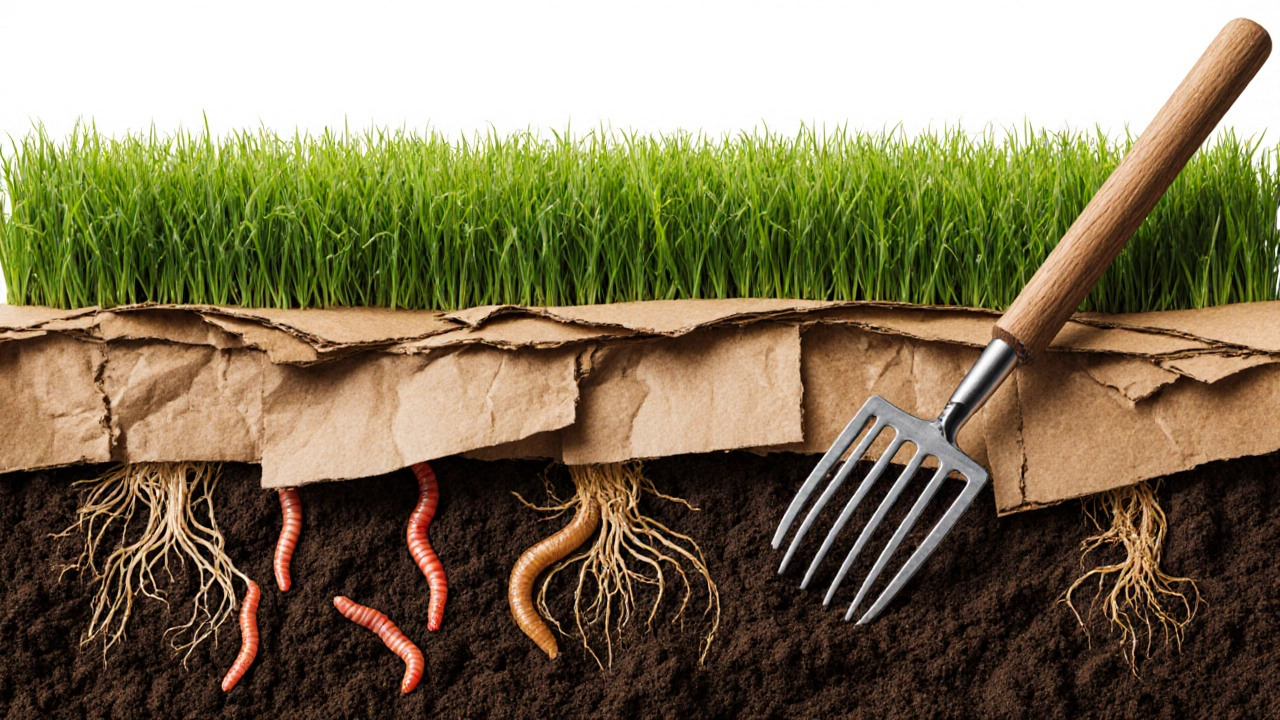
Best Practices for Tilling Hard Soil
If you’re going to use a tiller, here’s how to do it right:- Wait until the soil is moist but not soggy. Pick a day after light rain, or water it 2 days ahead.
- Start with the tines set to the shallowest depth. Make one pass, then go deeper on the next.
- Work in straight lines. Don’t zigzag-it leaves ridges.
- After tilling, rake the soil smooth. Break up any clumps by hand.
- Add compost or aged manure immediately. Tilled soil exposes microbes to air and dries out fast. Feeding it right away helps rebuild structure.
Don’t till more than once a year. Over-tilling destroys soil structure, kills beneficial fungi, and brings weed seeds to the surface. You’re fixing one problem and creating three others.
When to Skip the Tiller Altogether
Some soils just shouldn’t be tilled. If you have:- Existing perennial plants you want to keep
- Soil with a lot of earthworm activity
- A garden built on a slope (tilling causes erosion)
- Clay soil that’s been worked too many times in the past
Then tilling can do more harm than good. Instead, focus on surface amendments: mulch, compost, and cover crops. Let nature do the digging.
In the end, a tiller can break up hard soil-but only if you prepare the ground first and choose the right tool. It’s not about brute force. It’s about timing, technique, and knowing when to let the soil heal itself.
About
Gardener Support India is your go-to online destination for expert advice on gardening and horticultural services in India. Whether you're a beginner or an experienced gardener, our platform offers extensive resources, tips, and support tailored to Indian climates and plant species. Explore a wide range of guides on plant care, sustainable gardening practices, and innovative gardening solutions. Connect with local experts to enhance your gardening experience and maintain a flourishing garden. Our dedicated services aim to empower Indian gardeners with the knowledge and tools needed for a successful gardening journey.
Latest Posts


Discovering the Corpse Flower: Nature's Bizarre Marvel
By Alden Thorne Mar 19, 2025
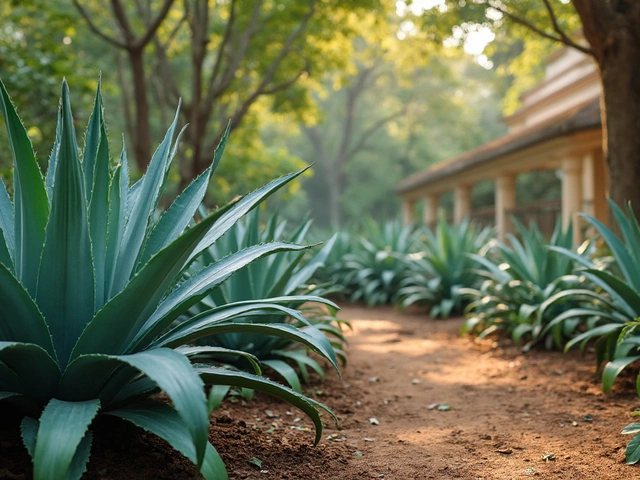
Discover the Marvel of the Agave, the Plant That Blooms Once Every 7 Years
By Alden Thorne Mar 8, 2025
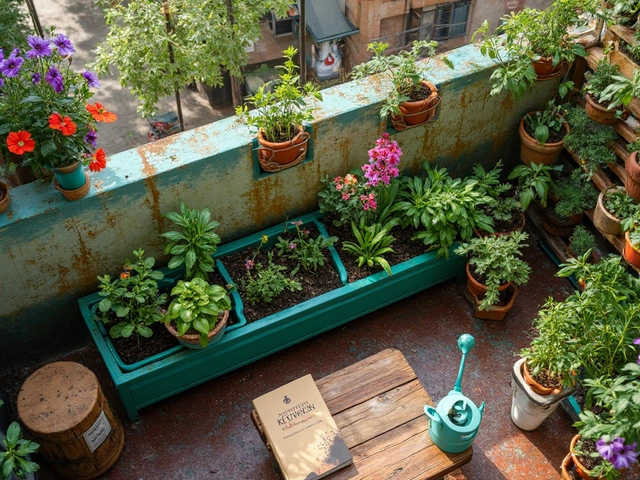
How Much Space Do You Need for a Kitchen Garden?
By Alden Thorne Mar 7, 2025

Write a comment